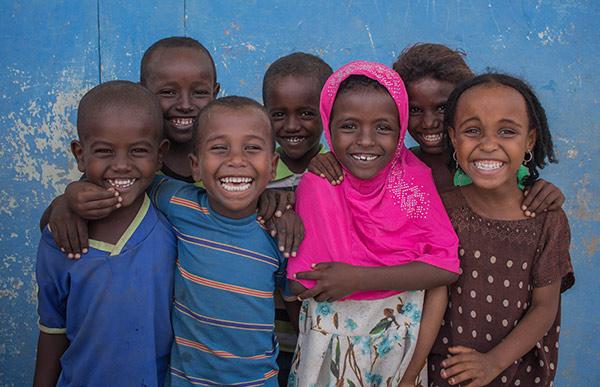A team based at the University of Washington has developed a model to help the United Nations (UN) identify local areas in sub-Saharan Africa and Southern Asia where additional resources may be needed to mitigate high under-five mortality.

Around the world, under-five deaths are at the lowest point on record. However, falling national and global averages mask areas within a country where child mortality rates have remained steady or, in some cases, increased.
Jon Wakefield, a professor of biostatistics and statistics with the UW School of Public Health, led the project’s methodological work. He co-led the UN estimates work with Jessica Godwin, a PhD candidate in the UW Department of Statistics.
Wakefield has participated in UN missions to Quito, Ecuador; Johannesburg, South Africa, and Blantyre, Malawi), where he has taught people how to implement the subnational estimation methods using software developed by the group. He explains the model’s methodology:
“Small area estimation (SAE) is an important endeavor in global health, epidemiology, and demography. SAE is often based on data obtained from complex surveys, and one must acknowledge the survey design when statistical analysis is performed so that measures of uncertainty correctly incorporate sampling variability and avoid bias.
“Often data in particular areas are sparse (perhaps non-existent) and so spatial smoothing is advantageous to ‘borrow strength’ from neighboring areas, with the addition of smoothing over time. Informative graphical summaries are key for disseminating information and for using the estimates to inform interventions and assess whether targets are being met,” said Wakefield.
SPH students made major contributions to the model and computational methods.
The team included many students from biostatistics and statistics, with representation from other departments as well as collaborators at a number of universities around the world.
“The students all took different countries and ran a variety of models. We then collectively examined results and gave countries the opportunity to comment, which sometimes led to changes in the analyses,” said Wakefield.
Students continue to work on different aspects of the model, with the aim of increasing the number of countries considered over time. For example, work by current biostatistics PhD students include:
- Yunhan Wu —Urban/rural differences in mortality;
- Taylor Okonek — Efficient computation and benchmarking;
- Austin Schumacher — Cause of death;
- Serge Aleshin-Guendel — Modeling conflicts, and
- Avi Kenny — Mortality as a function of the mother’s age.
“It has been an incredible experience being able to work on statistical methods development in a setting where your work has an immediate, tangible impact on public health. I am grateful for the opportunity to collaborate with a team of researchers so invested in the work we’re doing. It has been really cool to see the work each of us do individually come together to form one important, ongoing project,” said Okonek.
Additional information:
- Wakefield Spatial Demography page
- Follow Jon Wakefield on Twitter: @jonwakeblue
— Deb Nelson, UW Biostatistics Communications